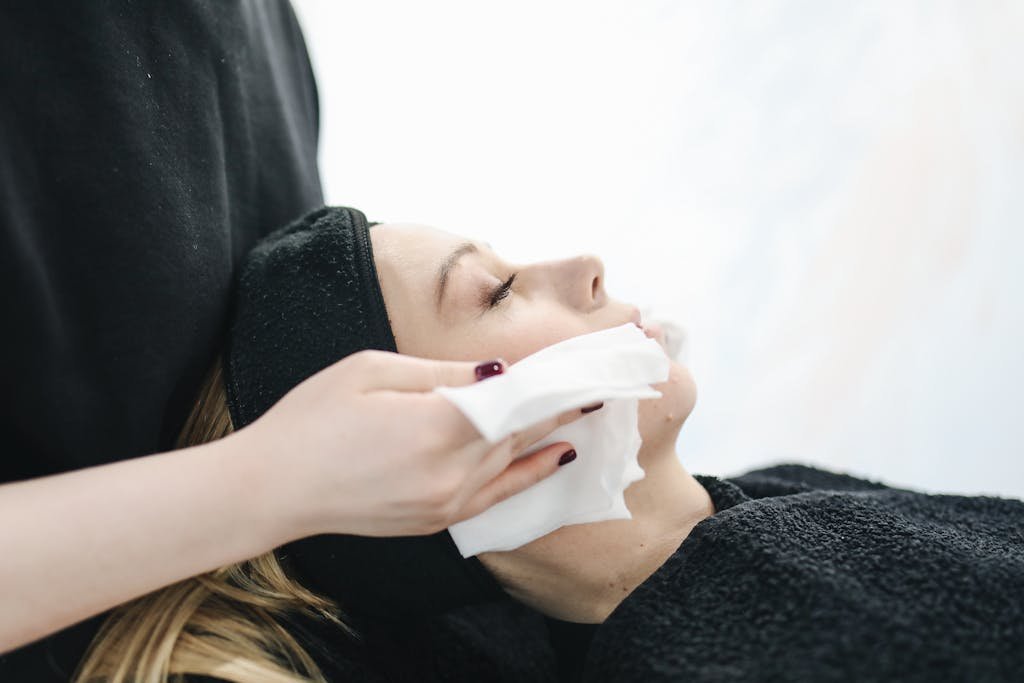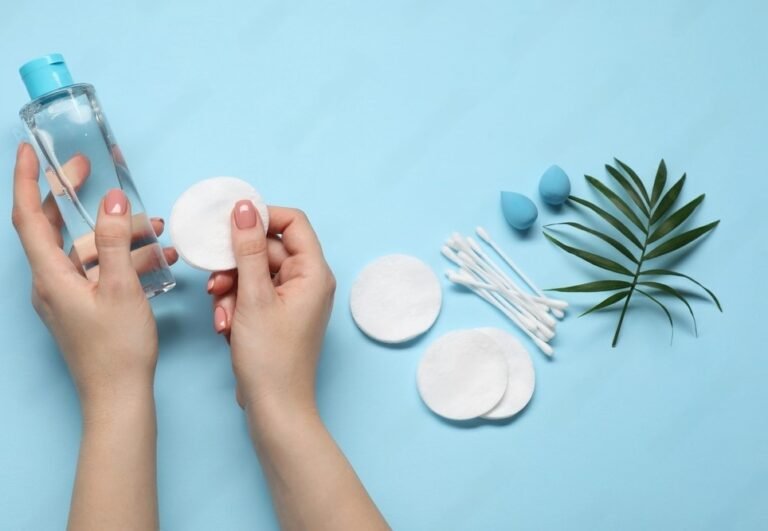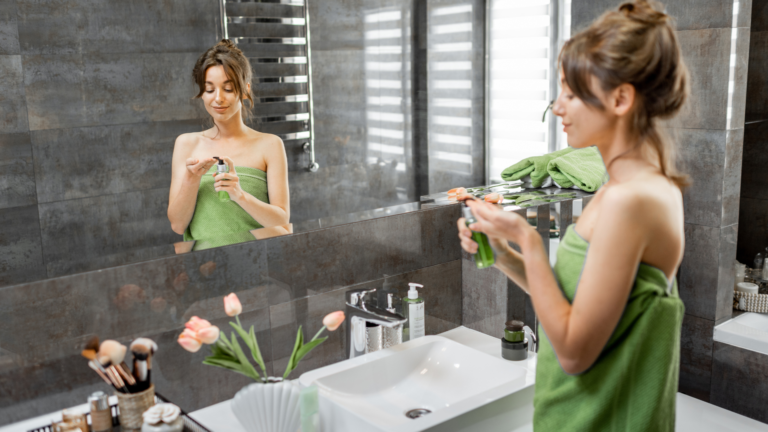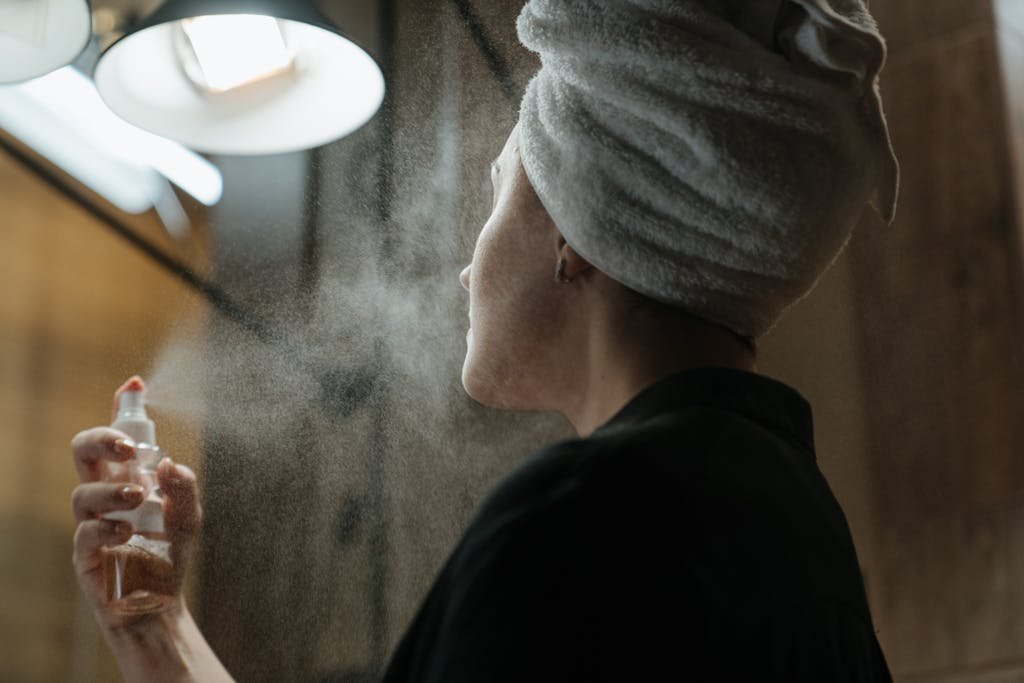How To Repair Your Skin Barrier : Expert Tips for Healthy Skin
This post may contain affiliate links. That means that if you click on a link and purchase something I recommend, I will receive a small commission at no extra cost to you. As an Amazon Associate, I earn from qualifying purchases. This helps keep my website up and running and is very appreciated. Thank you for your support! Disclaimer
Good morning everyone ! In today’s article, we’re diving into the realm of skin barrier health. Buckle up those metaphorical chastity belts, because your skin acts as your primary defense. And guess what? I’m here to guide you through the process of repairing it. Let’s get started!
If you don’t have time to read this post right now, why not save it for later?
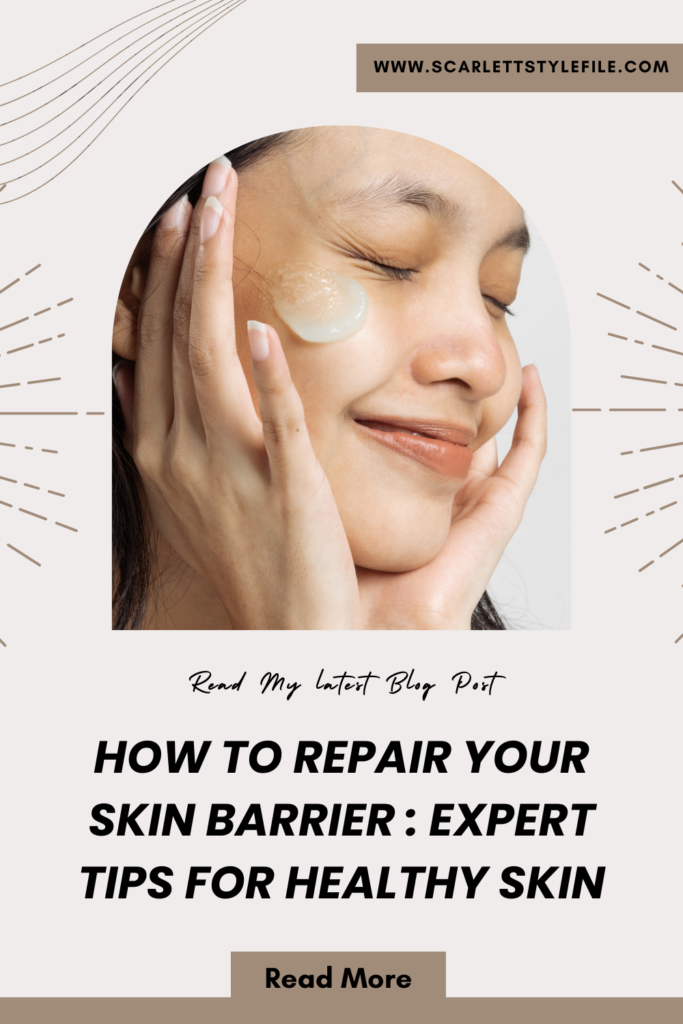
How To Repair Your Skin Barrier : Expert Tips for Healthy Skin
importance of your skin

Well, let’s start with the obvious—I’m engaged to a dermatologist, so my perspective might be a tad subjective. But here’s the truth: your skin isn’t just your largest organ, it’s arguably the most vital. Without it, you’d literally wither away. Sure, we can keep your heart pumping and debate whether some folks use their brains, but without skin, you’re out of luck. Now, kidneys may have their claim to fame, but let’s save that debate for another day.
Seriously though, a compromised skin sets off a chain reaction of problems. If skin shields our insides, what’s protecting our skin? That’s where skin barrier health comes into play—a hot topic in 2024. Suddenly, everyone’s a skin barrier expert, treating it like the latest trend. But let’s not act like it’s the greatest discovery since sliced bread.
layers of your skin

Your skin, much like a well-constructed pizza, consists of several layers, each playing a crucial role. Simplifying it down, imagine your epidermis as the cheesy top layer of your pizza, the dermis as the flavorful marinara sauce, and the subcutaneous tissue as the dough providing structure.
Now, let’s delve into the epidermis, or the “cheesy” layer, where not all cheese is created equal. There’s the gooey, deeper part and the crispy, charred perfection at the top, which we call the stratum corneum—akin to the uppermost part of your skin.
Within this stratum corneum reside corneocytes, essentially skin cells, held together by a glue-like substance called the lipid matrix. This matrix, composed of cholesterol, fatty acids, and ceramides, acts as the cement binding the cells together.
So, in essence, your skin is akin to a deliciously complex pizza, with its layers intricately intertwined. Now, consider yourself a PhD in pizza… and skin!
signs of a broken skin barrier
So, when your skin barrier is compromised or absent, what can you expect? Well, your skin becomes inflamed, reddened, and irritated. However, when there’s no skin barrier in place, what occurs next? Essentially, your skin becomes more vulnerable, allowing various aggressors to attack. What exactly does this entail? It means your skin becomes susceptible to environmental toxins, pollution, potent ingredients that you’d rather not have deeply penetrating your skin (let’s keep it clean, folks).
Different pathogens can wreak havoc on your skin, leaving it inflamed, red, and irritated. You may experience sensations of burning and itching, and despite your efforts, it feels impossible to regain control. Even products your skin once tolerated effortlessly may suddenly become intolerable.
So, what are the telltale signs of a compromised skin barrier? Well, as mentioned earlier: redness, flaking, irritability, itchiness, discomfort, pain, and burning—essentially, a slew of unpleasant symptoms all at once.
causes of a broken skin barrier
So, what leads to the breakdown of the skin barrier? Well, let’s delve into it. Intrinsically, believe it or not, psychological distress can wreak havoc on your skin barrier due to the imbalance in cortisol levels, which directly impacts your skin’s condition.
Some individuals are genetically inclined to have a compromised skin barrier, but that’s a complex topic for another occasion. Additionally, certain medical conditions such as diabetes can weaken the skin barrier, making it prone to issues like ulcers. However, the primary culprits for a compromised skin barrier are often external factors.
Consider the erratic fluctuations in weather, which we’re experiencing firsthand these days. One day it’s pleasantly warm, the next day it’s snowing. Such extreme shifts in temperature can take a toll on your skin. Allergens like pollen and irritants can also trigger reactions, sometimes even causing previously non-existent allergies to develop.
Then there are alkaline soaps with high pH levels that disrupt the natural acidity of the skin barrier. Over-exfoliation is another major player in this game. It’s remarkable how underestimated exfoliating acids were until recently when seemingly everyone became a skincare expert overnight, leading to a surge in over-exfoliation-related skin issues.
Let’s not forget about topical steroids. While they serve their purpose, excessive use can compromise the skin barrier over time. Of course, there are other factors at play, but these are the key ones worth highlighting.
Now, let’s talk about pH and alkaline soaps. Our skin’s natural barrier is slightly acidic, which is crucial for its health. This acidity serves as a defense mechanism against harmful microbes, helping to prevent infections and maintain overall skin health. Using overly basic soaps or over-exfoliating disrupts this delicate balance, leaving the skin vulnerable to various aggressors lurking in the environment.
In essence, more often than not, the disruption of your skin barrier can be attributed to excessive measures. It’s vital to find a balance and treat your skin with the care it deserves in today’s world, where both emotional and physical aggressors abound. So, take heed: moderation is key to maintaining a healthy skin barrier.
how to repair skincare routine ?
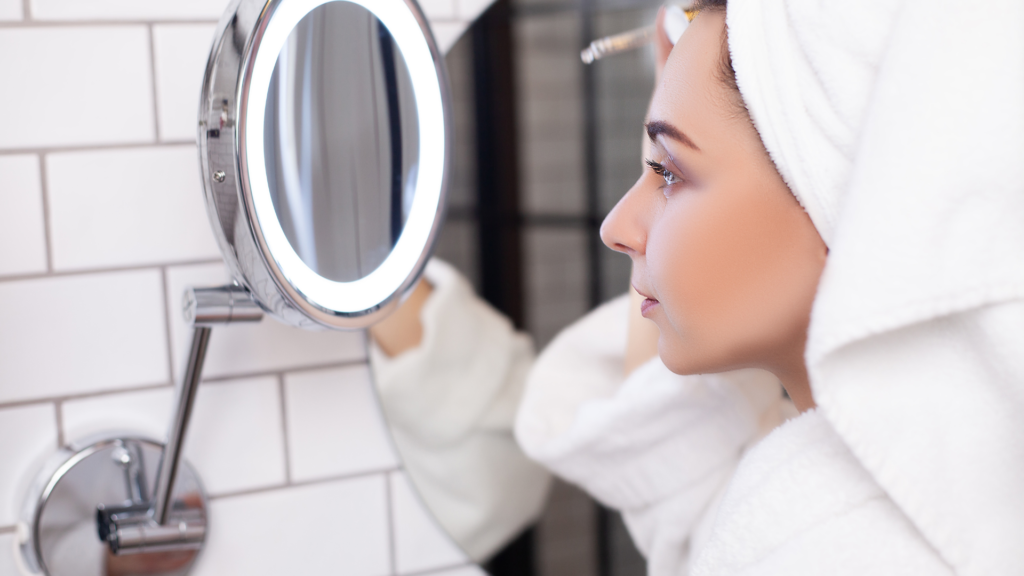
So, how do you go about restoring your skin barrier? Well, let’s start with the obvious: simplify your skincare routine. I’ll admit, part of the blame lies with the media. We got swept up in the K-beauty trend, convinced that we needed a laundry list of 30 steps for our skincare regimen. Sure, I’ve written articles discussing the intricacies of skincare routines, but if you pay attention, I often emphasize the importance of alternating nights and not overwhelming your skin all at once. So, simplification should be your top priority when it comes to skincare.
Now, how do we simplify our skincare routine? The root of simplification is focusing your skincare on one skin issue, focusing it on the most pressing skin issue, and trying to help that issue first, and then tackling the next. So, that is golden rule number one.
Rule number two involves customizing your skincare regimen once you’ve identified your primary concern. For instance, if your skin barrier is compromised, opt for a hydrating cleanser that nourishes and replenishes. Say goodbye to harsh, stripping cleansers of the past. While foaming cleansers can now help maintain skin balance, I personally lean towards non-foaming options due to potential irritants in foaming agents. Look for a gentle, pH-balanced cleanser like Aveeno’s “Calm & Restore Nourishing Cleanser” for sensitive skin, preferably fragrance-free to soothe disrupted skin barriers. Though it might not be the ultimate multitasker, it sets a solid foundation for healthier skin. And that’s what matters most.
When your skin barrier is in absolute turmoil—like, seriously, it’s screaming—then it’s time to hit pause on the exfoliation routine for a bit, alright? Take a breather, and hear me out: give it a rest. Just for a few weeks. Trust me, you’re not going to sprout warts overnight, you’ll be fine. It’s crucial to shift gears towards nurturing your skin without going overboard, especially when you’re tempted to compensate for missing a day of exfoliation. Let your skin chill out and recover. When you’re ready to dip back into exfoliation, don’t dive straight into the deep end.
Toss aside those heavy-duty exfoliating acids like the fiery red one from The Ordinary or that potent Sakura Baby Facial from Drunk Elephant. Opt for something milder, like a polyhydroxy acid or a phalactobionic maltobionic acid—yeah, they’re a mouthful, but they’re gentler on the skin. Maybe limit it to twice a week, only at night, for a while. Take it slow and steady, and let’s see how your skin responds. That’s the scoop on exfoliating acids.
the difference between occlusives & humectants
Now that we’ve delved into the realm of exfoliating acids, occlusives might seem daunting to many. However, let’s not underestimate the power of these heavy hitters. Take petrolatum, for example—commonly known as Vaseline. It’s time to dispel the misconceptions surrounding it because this occlusive is about to become your skin’s best friend. Slathering a generous layer of Vaseline across your face will effectively seal in moisture, providing a much-needed hydration boost.
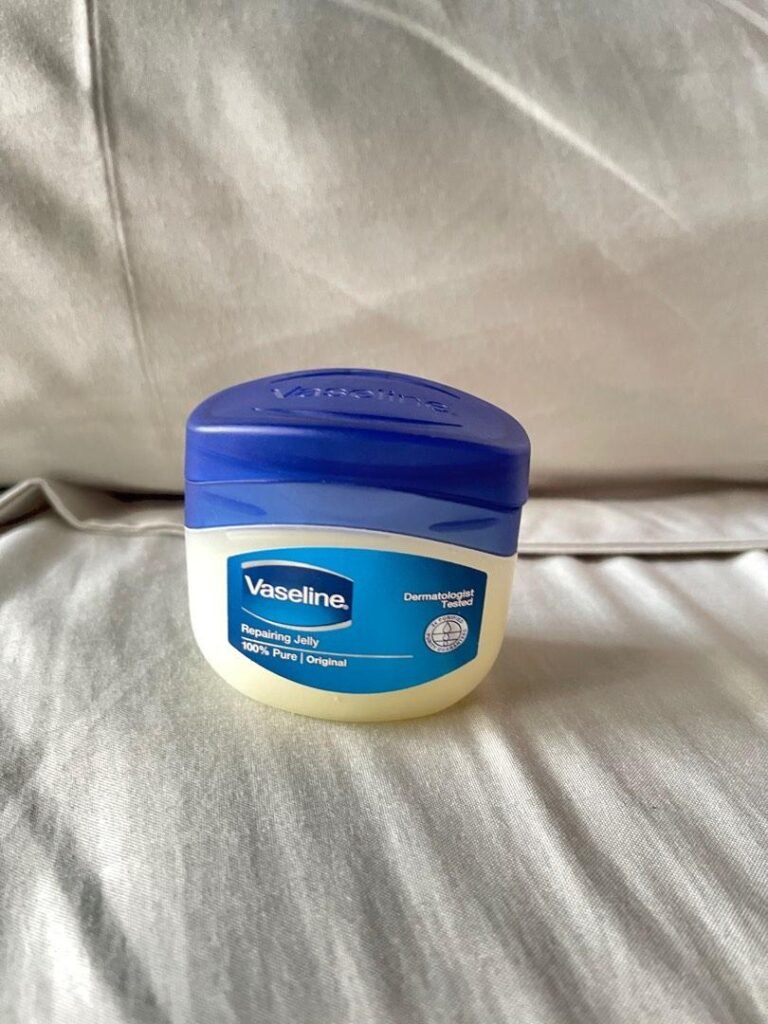
In cases where your skin barrier feels particularly ravaged, perhaps even after using a potent humectant like glycerin-based products—my personal favorite being La Roche-Posay’s Cicaplast Baume B5 with its added zinc for soothing properties—a thick coat of Vaseline can work wonders in restoring equilibrium. Research has shown that Vaseline can prevent up to 99% of water loss, making it a formidable ally in skincare. So, if you prefer a minimalist approach or simply want to streamline your routine, Vaseline alone could suffice.

While products like Skin Food may hold appeal, especially for treating chapped lips, it’s essential to exercise caution with formulations containing essential oils. These can exacerbate irritation and even trigger allergic reactions, particularly on compromised skin barriers. Opting for a pure occlusive like lanolin, found in products such as Aquaphor, or exploring alternatives like homeoplasmine favored by the French, can offer effective barrier protection without the risk of additional sensitivities.
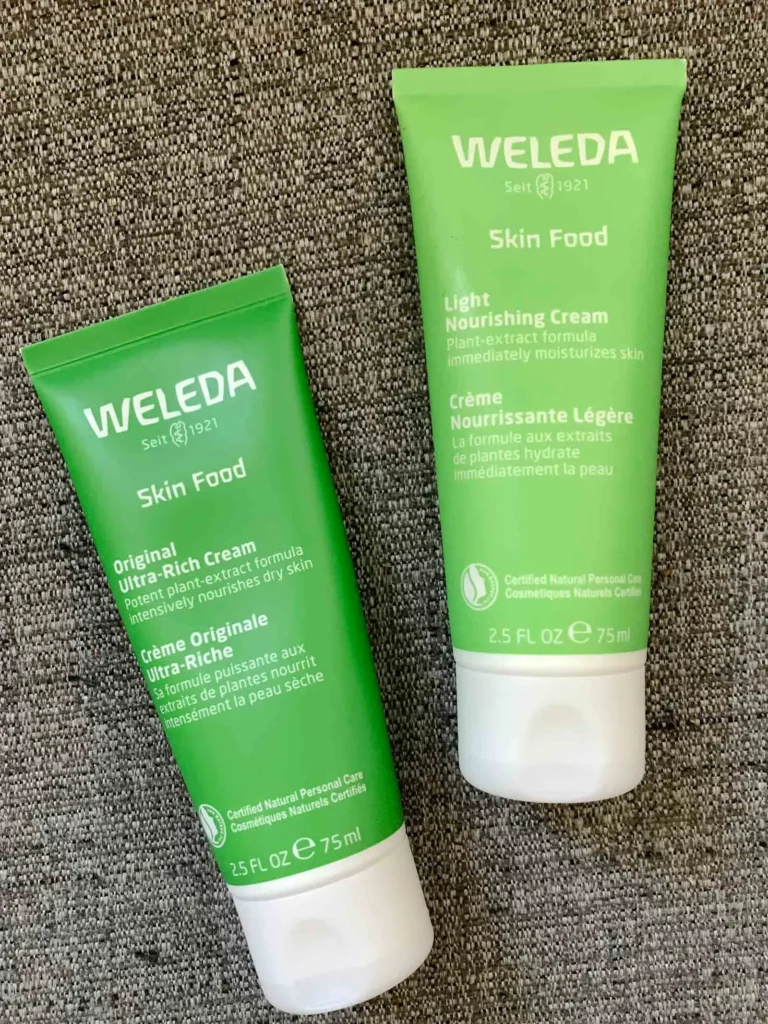
Now, allow me to introduce a product deserving of its own spotlight—a luxurious emollient known as Triple Lipid by Skinceuticals. This potent concoction boasts a rich blend of two percent ceramides, four percent cholesterol, and two percent fatty acids—the very components responsible for fortifying the skin’s lipid barrier, as I mentioned earlier. Yes, it may come with a price tag, but trust me, the investment is justified. Ceramide formulations are notoriously costly, and Triple Lipid’s divine texture and efficacy make it well worth the splurge.

body care
And don’t forget, taking care of your skin barrier isn’t limited to just your face; our bodies need attention too. Take for instance, Uridine lotion by Isdin, fortified with urea. Urea is a potent humectant, one you shouldn’t overlook. Plus, the scent is simply delightful, adding to the overall experience. So, there you have it, these are the occlusives and humectants I highly advocate for. I urge you all to incorporate these occlusives into your routine.
hand care
And finally, I want to quickly touch on hands and feet, with a bit more focus on hands due to all the handwashing we’ve been doing over the past couple of years. Let me introduce you to a gem: O’Keeffe’s Working Hands. It’s a glycerin-based hand cream that works wonders.
If you’re dealing with a compromised skin barrier, especially on your hands, you might be experiencing more eczemas, rashes, or dryness. In that case, slather on a generous amount of this miracle worker before hitting the hay.
And here’s a tip: opt for latex-free plastic gloves over cotton ones when you’re going to bed. They’ll help the cream absorb better. With cotton gloves, you’re basically just letting the cream soak into the fabric instead of your skin. So, there you have it—hands, taken care of.

lifestyle changes
When it comes to lifestyle adjustments, consider getting a humidifier if you’re in an excessively dry environment. Conversely, if you’re in a highly humid area, you might not need to moisturize as frequently. Remember, extremes in either direction can harm your skin barrier, so in humid climates, you can cut back on moisturizer and opt for an occlusive at night. But if you’re in a dry locale, stock up on humectants and occlusives and splurge on a quality humidifier to keep your skin happy and healthy.
The bottom line
I hope you guys picked up a thing or two from this article on how to repair your skin barrier
My readers’ feedback matters to me. If you have any questions or thoughts, please leave a comment below.


